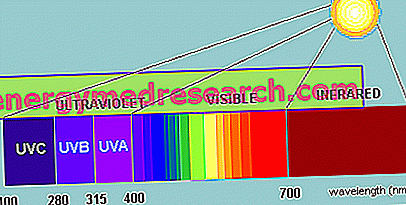
The deltoid muscle externally covers the lateral part of the shoulder joint. It is composed of three parts: a clavicular part, an acromial part and a spinal part. The clavicular (anterior) part originates from the lateral third of the anterior margin of the clavicle; the acromial (medial) originates from the apex and from the lateral margin of the acromion; the spinal one (posterior) originates from the lower lip of the spine of the scapula
All three parts are inserted at the deltoid tuberosity of the humerus
The deltoid muscle is the most powerful abductor of the humerus up to 90 °, especially with medium beams. Above 90 °, the actions of the trapezius and large serrated muscles come into play. It also intervenes in the anteversion of the shoulder (anterior and medial bundles) and in the retroversion (posterior bundles). It also allows limited intra and external rotation of the arm thanks to the action of the front beams (internal rotation) and the rear beams (external rotation + extension)
It is innervated by the axillary nerve (C4-C6)
ORIGIN Clavicular part: lateral third of the anterior margin of the clavicle; Acromial part: from apex and lateral margin of acromion Spinal part: from the lower lip of the spine of the scapula |  |
| INSERTION Half of the lateral surface of the humerus (deltoid tuberosity) | |
| ACTION Abducts the arm up to 90 °, the front fibers flex and rotate medially, the back fibers extend and rotate sideways | |
| INNERVATION Axillary nerve (C4-C6) (posterior strings); for the clavicular part also pectoral branches (C4-C4) |
| Upper limb | Lower limb | Trunk | Abdomen | Articles |



